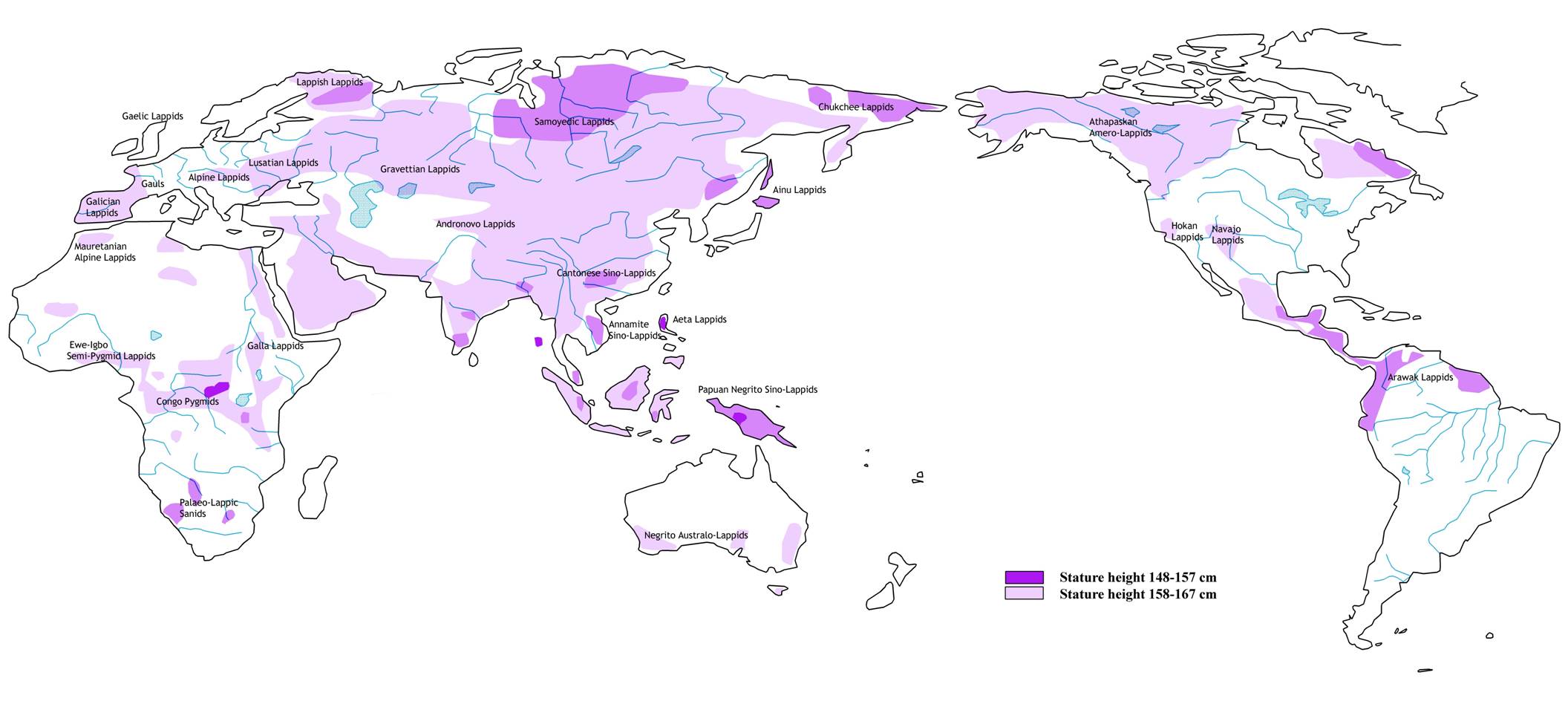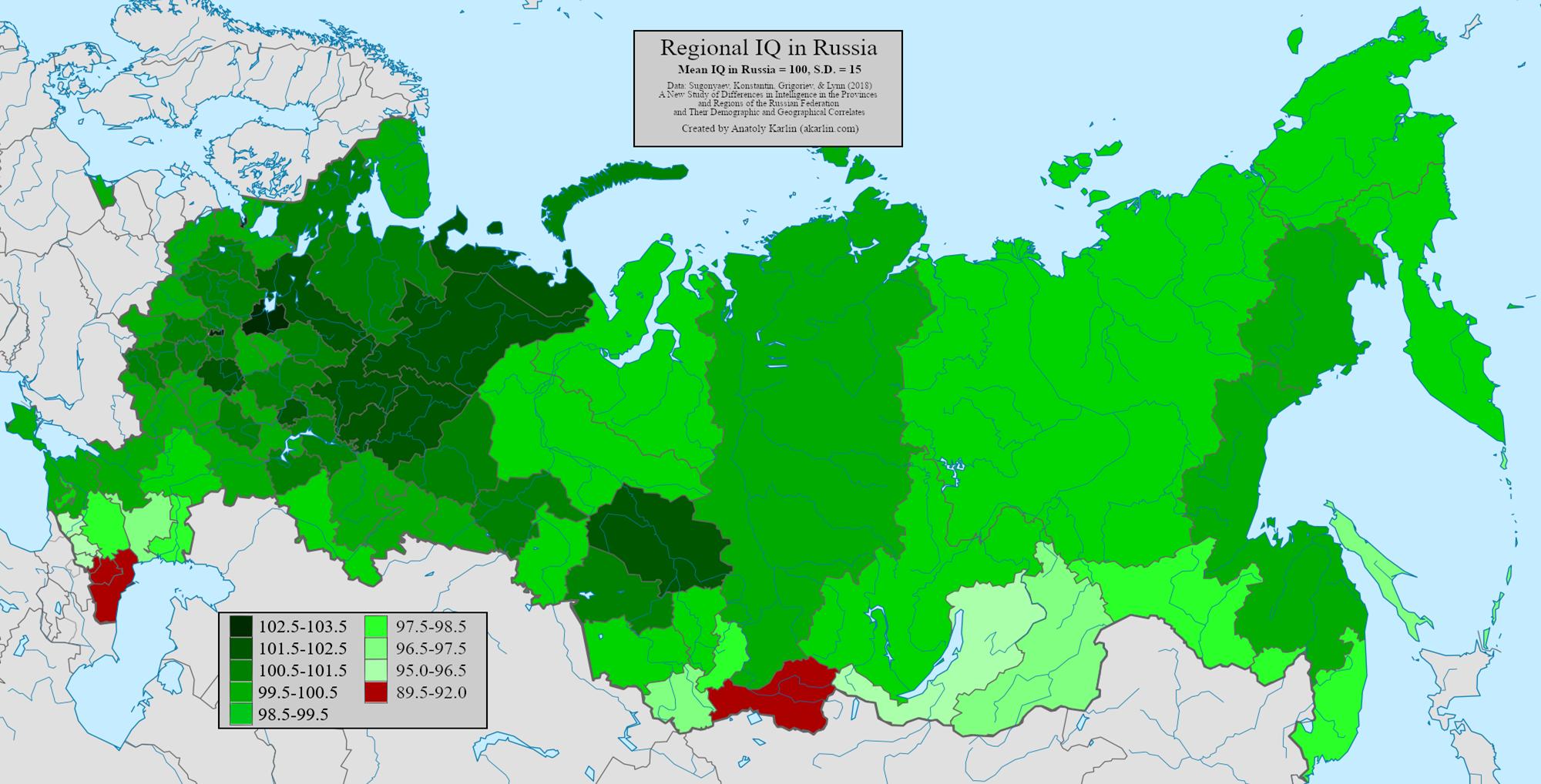|
|
In the prehistoric past the Uralids
sent their dead out on a journey to the underworld and exposed them in the
wilderness in order to let their bones get rid of flesh by birds of prey. The
Lappids and Uralids
practiced burial rites that left no palpable after-death remains. Lapponoid races burnt their dead fathers’ remains by
cremation and deposited the ashes in sacks hanging on tent-poles along forest
paths. For palaeontologists such customs made them invisible and distorted
also the evidence of archaeological excavations. This is why their
Palaeolithic fates remain bedimmed by the thick mist of mystery. For some
authors their most probable cradle-land lies among the Bushmen in Namibia and South Africa. For others the
primordial birthplace is located in Vietnamese Annam
and the Cantonese province of China.
Sound arguments for
‘out-of-Asia theories’ point out that Southeast Asia is the native
place of Sinoid tonal languages and the short-sized
Anammite race. Its subsistence exhibits higher
rates of insectivorous alimentation and omnivorous diet. Its tribesmen lived
in nomadic circulation and lacked firm ties with land possession. About
62,000 BP their populations sailed on bark rafts throughout islands of the
Southern Seas as far as Australia and Tasmania. Their presence
was everywhere evidenced by finds of human ashes and burnt bones. Remains of
their characteristic cremation burials were discovered in a site at Lake Mungo in Australia. There is little
consensus in their periodisation, some authors
bring arguments for later origin of 32,000 years
BP. The tropical climate
and the local Melanesian neighbourhood mutated their countenance and gave
them the dark-skin shades of the Negrito ethnic
group.
The Negrito
populations in South East Asia must be considered only as
a side branch of Sinids, who got astray on their
travels all over the Sunda subcontinent. After
10,000 BP the withdrawal of glaciation warmed up
the seas, raised the sea level and flooded islands with high waters. The
cultural domain of Sinids is nowadays visible only thanks
to the unity of isolating languages of Chinese type. Anthropologists regard
them as a racial group of shorter brachycephals
with the blood group A. They pertain to the Y-DNA haplogroup
O that encompasses Indochina, Tibet, Malaysia and Korea with Japan. One of reliable
distinguishing marks of their stock are burial
practices of cremation rites although they became rarer in China and their centre
shifted to India. The most
populous wave of their propagation to Punjab was launched by
the spread of the Cemetery H culture (1800 BC). Its continuation was the
appearance of the Andronovan techno-complex with
incineration practices in south Russia around 1500 BC.
Its westward move was probably brought about by the invasion of Aryan
herdsmen into India dated to 1600
BC. The route from Burma to Punjab was brought back
to life again by the dissemination of Buddhism after 600 BC. It teaching was
associated with Chinese Taoism that professed strict lawful determinism and
preached liturgy based on incineration rites.
The mainstream of Lapponoid urnfielders
penetrated into Europe from several directions.
The northern branch of wanderers colonised the settlements of Samoyeds and Lapplanders. In due course they were assimilated by
Uralic peoples. The middle branch arrived in Central Europe and contributed
to the rise of Slavonic nations. They formed the earlier Palaeo-Slavonic
layer of settlers and their women looked like Venuses of Dolní
Věstonice. The ceramic arts of Neolithic farmers
induced them to bury the ashes in urns and resulted in the rise of hybrid
Stroked Ware cultures. A new wave arrived in the Danube basin with the
hosts of Lusatian Urnfielders
(1300 BC) famed for their burial rows of urns. Their tribesmen probably
looked like Russian muzhiks clad in shirts called rubashkas
and
lived in semisubterranean earthen houses (zemlyankas).
The southern branch of Lapponoid tribes made for the Near East and found new
homes in Africa. Their migrants were
probably identical to the Mesopotamian people with the slanting coffee-bean
eyes who spoke the reduplicative female language Eme-sal.
In Africa their wanderers underwent a long period of
acculturation that gave them the dark-skinned appearance of Pygmies and Negrillos. Their bark rafts accessed Europe from Gibraltar, Malta, Sicily and Libya and imported a
lot of African cultural and linguistic loans. Their tribes enriched the Gravettian racial element by ethnic admixtures of African
Bantu nations. Their contributions finally resulted in the amalgamative
synthesis of Keltoid, Romance and Italic cultures
with North African roots. The final phase of their colonisations came about
1800 BC when Spain and Britain welcomed the
heralds of the Cinerary Urns. This ethnic faction assisted Basque and
Scottish landlords in their megalith-building
labours. Despite their subservient social position they later overpopulated
their oppressors and made them fuse with the wide masses of dwarfish
brown-haired Keltoid, Gallic and Gaelic newcomers.
Their dialects were not intelligible to Slavs in Eastern Europe because they
were infiltrated with a lot of Africanisms.
Notwithstanding, both mainstreams of Gravettian
colonists peopled Eurasia with the new social class
of diligent plebeian workers, who excelled in manual labours and urban
crafts.
The flourish of Gravettian cultures started around 33,000 BP and united
several currents of migrants. Their arts were renowned for carving ivory
Venuses, whose distribution spread from Siberia Mal’ta
to the west ends of Spain. Their famous chef-d’œuvre was the Venus figurine of Dolní Věstonice, which
displayed the typical physiognomy of Sanid Bushwomen: a round head with short curly hair, long
hanging breasts, matronism, thick thighs (steatopygia) and lumbar lordosis.
Another infallible sign were Gravettian trapezoid
lean-to huts with one-slope roofs. Their people flooded entire Eurasia and populated
its mountainous regions with the brachycephalous Furfooz race. Its modern progeny is seen in the Lapps and
Tirolese Alpines renowned by melodic chants with yodeling. Rich evidence of ritual cremations is missing
but a convincing proof is offered ex post by their Neolithic
descendants who manufactured the Stroked Ware. The invention of pottery made
them replace sacks of cremated ashes with ceramic hut-urns and face-urns.
This dramatic change of burial customs made their urnfields
shine transparently through the settlements of Eurasian farmers. A noninterchangeable trait in their funerary urns was the
decoration full of broken meanders and key patterns. It was peculiar also to
the Lusatians, Ainu, Australian Negrito,
Athapaskans, Monte Albán in Mexico as well as Colli Albani in Italy.
The early beginnings of the Sinids and Negritos in Southeast
Asia are hard to detect since they were
sprouting on the Sunda subcontinent that
disappeared under deep waters after interglacial warming. Nevertheless, their
migratory travels can be reconstructed in the following routes and lineages.
|
|
The Classification of Lappids
Pygmids (Y-hg A0) → Ewe-Igbo
semi-Pygmids →
Kalahari Sanids → Congo Bambutids → Galla Ethiopids
(transmutation of Y-hg A into the more dominant haplogroup E-M78).
Galla Ethiopids →
Levant Lappids → West Anatolian Lappids → Epirotic Albanids (Y-hg E-V13) → Gravettians.
Gravettians (33,000 BP),
one-slope lean-to huts, Venuses with curly hair and Pygmoid
physiology, brachycephaly, matronism,
long breasts, lordosis → European Epi-Gravettian
(10,000 BC) → Alpines [brachycephalous Furfooz race,
7000 BC] → Stroked Ware (hut-urns,
face-urns, 4500 BC) → Serbians + Slavs
+ Lugians + Luchane + Milchane.
Lusatian culture (short-sized Lapponoids 1300 BC) → Wends +
Croatians + Czechs + Lakhs.
Gaelids →
Deverel cinerary urns (1800 BC) → (Avalon in African Mauritania) → Celtiberi → Galicians (Spain) → Veneti (Vannes, Armorica) → Gwened (Breton) →
British Celts (Gaels and Albanians in
Scotland)
Annamite epicentre (first
southward migrations 62,000 BC) →
Sinids → Kuangids → Negritos.
Annamites → Samoyeds) →Ainu → Chukchees →
Hokan Indians (California) → Arawaks (9500 BC) → Maipurean
Chiquitos.
Athapaskans:
Chukchees →
Na-Dene
group → Athapaskans
(1500 BC).
Indids [cremations burials with widows, ashes put into a
sack and hung on a tent-pole] → Hindu → Cemetery H culture (Punjab 1800 BC) → expulsion of Indids
by Aryans? → Andronovo cremation culture (Kazakhstan 1500 BC).
Colchian Albanians (Armenia, Albania): Trialeti culture (Georgia 3000 BC) → Colchis culture → Anatolian hut-urns and face-urns (Galatia?, 1700 BC) → Trojans.
Trojans → Trojan War 1186
and the abduction of Hellenes (Ionians ← *Alvaeones
+ Aeolians ←
*Alvaeoles) to Greece as slaves
(Geometric Ware in the Dipylon cemetery of Athens) + Albanians (Epeiros) → Veneti/Heneti? (Venice, Italy).
|
Phratries
|
Gauls/Gaels (kings)
– Albanians/Lapps/Alpines (priests) – Wends/Veneti/Anti
– Croats – Czechs – Lekhs – Mekhs
|
|
Ecotype
|
thick rain-forests,
nomadic foraging, clearings in mountainous woods, meagre existence as
village cottagers and urban craftsmen
|
|
Nutrition
|
omnivorous and
insectivorous subsistence, honey-eaters, nomadic strandlopers,
gathering economy of nomadic foragers
|
|
Dwelling
|
semidugouts, fogous, zemlyanki, burdeis, earth lodges, lean-to shelters, semisubterranean houses with one-slope lean-to roofs
|
|
Cult
|
worshipping deities
impersonating winds blowing to the four ends of the world, they are
represented by Janus-like statues or columns with
one body
taking care of
laws and the way of all flesh (Chinese Taoism, Indian Buddhism, Tibetan
Bon), influence of determinist Protestant movements
|
|
Burials
|
incineration and cremation
burials, live widows burnt on funeral pyres together with their dead
husbands, cremated ashes put into a textile sack and hung on a tent-pole or
a roadside column (Buddhist stupa)
|
|
Death
|
aviotheism: forefathers’
souls survives as birds and every spring they return home in the embodiment
of swallows
|
|
Visage
|
short-legged undersized
muscular stature with brachycephalous skulls, round-headed
skulls with an upturned tip of the nose, waxy yellowish skin, infantile paedomorphic face, curly hair, hairy body and a long
beard
|
|
Weapons
|
backed leptolithic
knives, travelling kit-bags woven out of bast or
grass, blowpipes with poisoned arrows, poisoning alchemy with toadstools,
saunas and sweathouses, ‘pyrolithic’ industry
boiling food in pots and depressions by throwing hot stones into water
|
|
Clothing
|
Russian-like rubashka, grass-woven sandals (laptye), women clad in white, males wearing a
red hood with a pointed top and pumpkin, the appearance of fairy-tale elves
and coxcombs at medieval courts
|
|
DNA
|
ABO blood group A, Rh+, Y-DNA haplogroups A, B
and O, mtDNA M
|
|
Tongues
|
originally isolating languages
with reduplication, tonal prosody with phonologically relevant tones or
melodic accent, great pre-valence of monosyllabic words with open final
syllables, voiced-to-surd consonant correlation, implosive stops instead of
explosive occlusives, sucking clicks, satemism, velar and guttural consonants shifted to
palatal stops, fronting of back vowels, u → i/y,
a series of nasal vowels, the nominal category of masculine o-stems
and feminine a-stems, andronyms in -o,
gyneconyms in -a, i/e-plurals
|
Table 32. The cultural paradigm of
Lappids and Pygmids
Extract
from Pavel Bělíček: The Synthetic Classification of Human
Phenotypes and Varieties. The Atlas of Systematic Anthopology I, Prague 2018, ISBN 978-80-86580-51-7, pp. 95-99.
|
|




